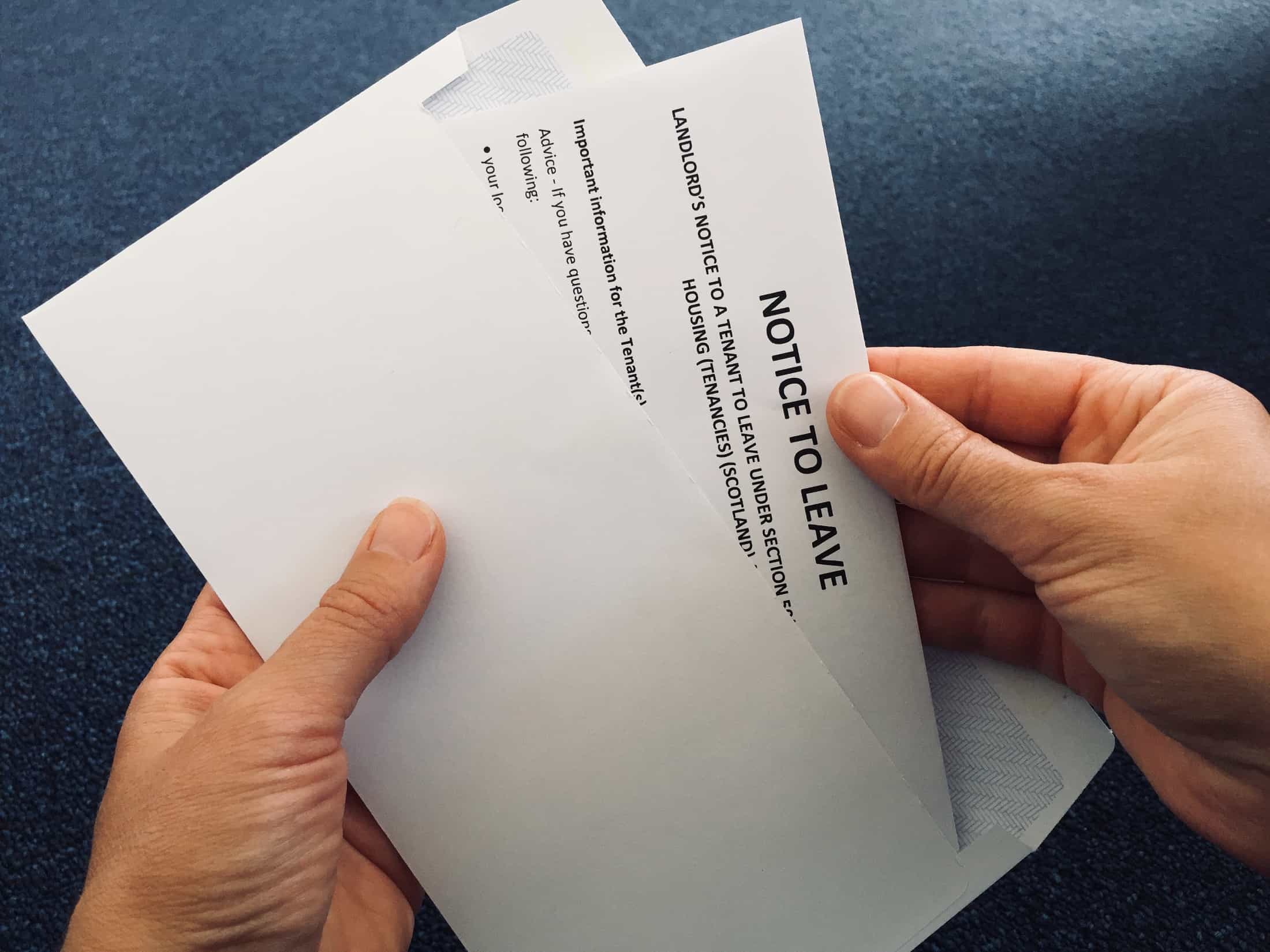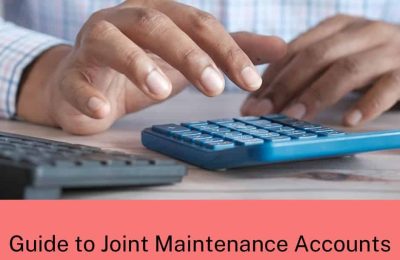The Cost of Living (Tenant Protection) (Scotland) Act 2022 has been in force from 28 October 2022. The Act can be found here. This introduces the promised rent freeze and the moratorium on evictions announced on 6 September 2022. This blog only looks at the impact on Private Residential Tenancies and Assured (including Short-assured) Tenancies, although other tenancy types are affected.
The Act will be in place until 31 March 2023, but there are provisions in place to allow it to be extended until 31 March 2024. As there are various changes to the underlying legislation made, including new grounds for possession, new statutory forms are to be available.
The rent cap
This operates as a rent cap of 0% for any notices given on or after 6 September 2022. There is no application to any notices given on or before 5 September 2022. The Act also contains provisions to allow the Scottish Government to vary the rent cap in the future.
Private Residential Tenancies
Any Rent Increase Notice (RIN) given on or after 6 September 2022 will be of no effect and the current rent will remain payable. Any notices served on or before 5 September 2022, regardless of when the increase takes effect, are still valid.
Landlords can seek a rent increase to recover up to 50% of any increase in “prescribed property costs”. These are for increases in:
- interest rates payable by the landlord;
- any landlord insurance (not general building and contents); and
- certain service charges.
This is subject to any increase not being more than 3% of the level of any existing rent.
Assured and Short-assured Tenancies
Any statutory notice to increase rent given on or after 6 September 2022 is of no effect, but there is nothing that prohibits any contractual rent increases taking effect.
There are similar provisions for landlords to recover up to 50% of any increase in the same prescribed property costs. Any such increase is again limited to not being more than 3% of the rent payable under the lease.
Moratorium on evictions
For any proceedings raised on or after 28 October 2022, or following notices issued on or after 6 September 2022, the landlord will not be able to enforce any such eviction orders or possession orders for a period of 6 months from the date of the eviction order or possession order is granted, unless it is one of the excepted (including the new) grounds listed or the moratorium on evictions is ended before 6 months has passed (or the moratorium is ended earlier).
Exceptions
There are a number of exceptions for certain grounds, which include new grounds for possession where the moratorium on evictions will not apply, and landlords will be able to enforce eviction or possession orders in the normal way, although all grounds are discretionary.
Private Residential Tenancies grounds not subject to the moratorium
Ground 2 (property to be sold by a lender)
Ground 8 (not an employee)
Ground 10 (tenant not occupying let property)
Ground 13 (criminal behaviour)
Ground 14 (anti-social behaviour)
Ground 15 (association with a person who has a relevant conviction or who is engaged in relevant anti-social behaviour)
Ground 1A (intent to sell the property to alleviate financial hardship)
Ground 4A (intent to live in property to alleviate financial hardship)
Ground 12A (substantial rent arrears)
In terms of the new grounds (1A, 4A and 12A), there is no definition of “financial hardship” although there are examples of evidence to be produced to establish the ground in question (in addition to other matters) including letters of advice from approved money advisors, chartered accountants or independent financial advisors. “Substantial arrears” is where the tenant has accrued rent arrears amounting to an equivalent of 6 months. This must apply when the notice to leave is served on the tenant.
Assured and Short-assured Tenancies grounds not subject to the moratorium
Ground 2 (house to be sold by lender)
Ground 15 (conviction for certain offences, acting in anti-social manner)
Ground 17 (employment with landlord ceases)
Ground 1A (intention to live in house to alleviate financial hardship)
Ground 8A (substantial rent arrears)
Ground 1A again is linked to “financial hardship” and that can relate to any joint landlords or, with a trust, the beneficiary of that trust. Again “financial hardship” is not defined but, as with PRTs, evidence of the landlord’s intention will be required including from approved money advisors etc. Ground 8A is based on “substantial arrears”. Again, this is based on 6 months total arrears at the point the notice is served or, if such notice is dispensed with, when the Tribunal considers the application for possession. All grounds, including the new grounds are discretionary.
Unlawful eviction
The Act also amends the basis under which statutory damages for unlawful eviction are assessed to a simple multiplier of the rent payable monthly of between 3 and 36 months to be assessed on the “manner of the unlawful eviction” and the “impact” on the tenant (although the award can be reduced to below 3 months’ rent “where it is appropriate to do so”).
If you require any further information or advice, please contact us.













